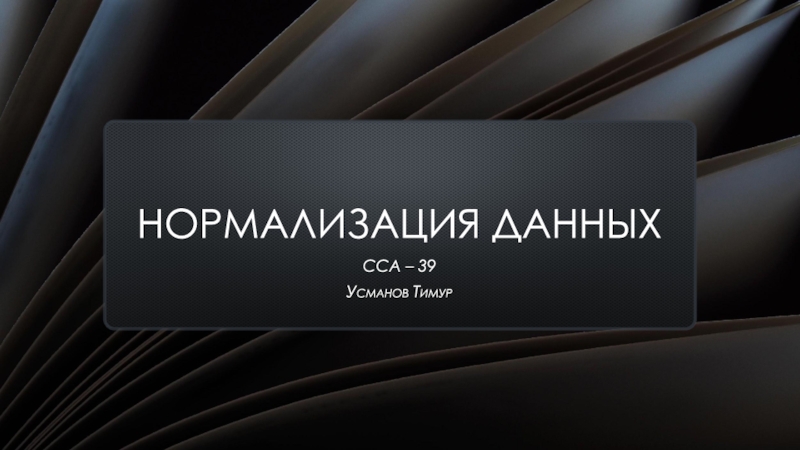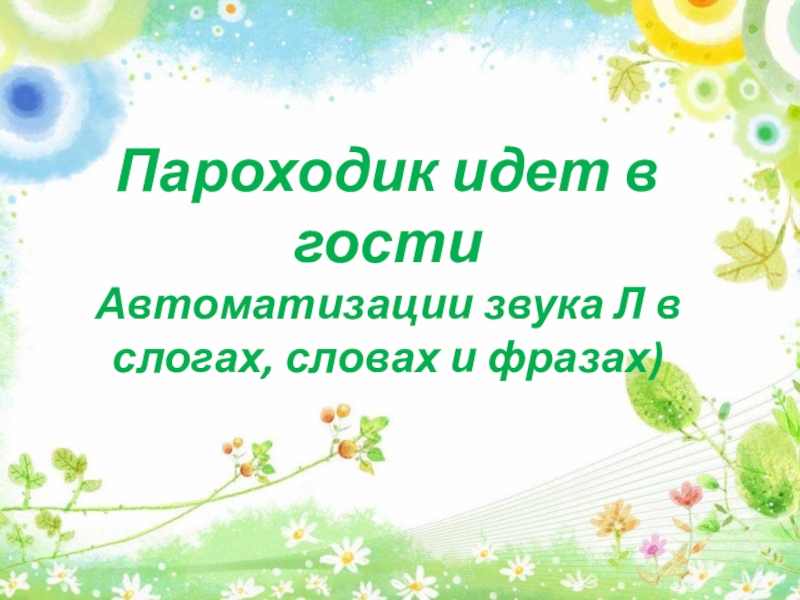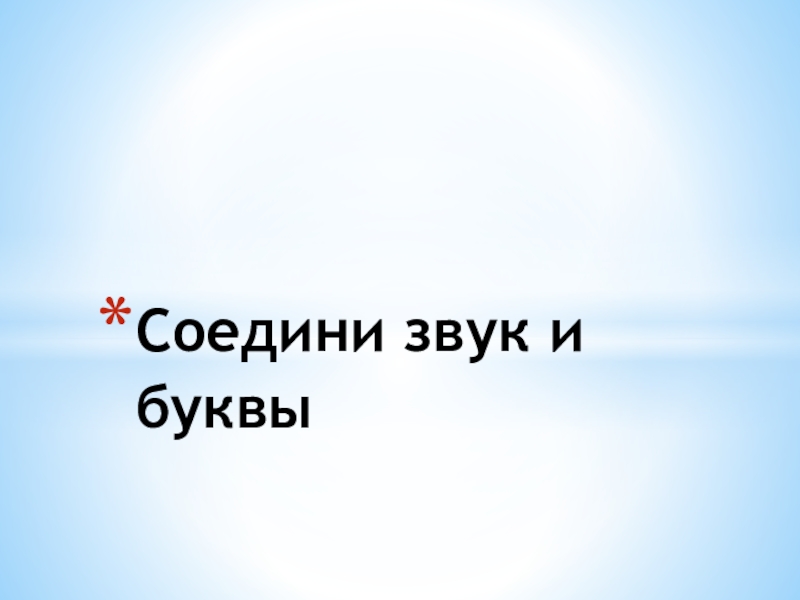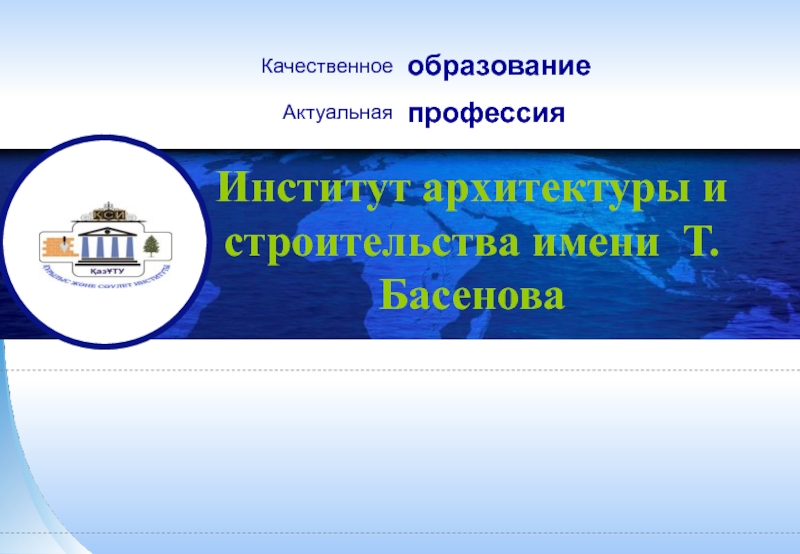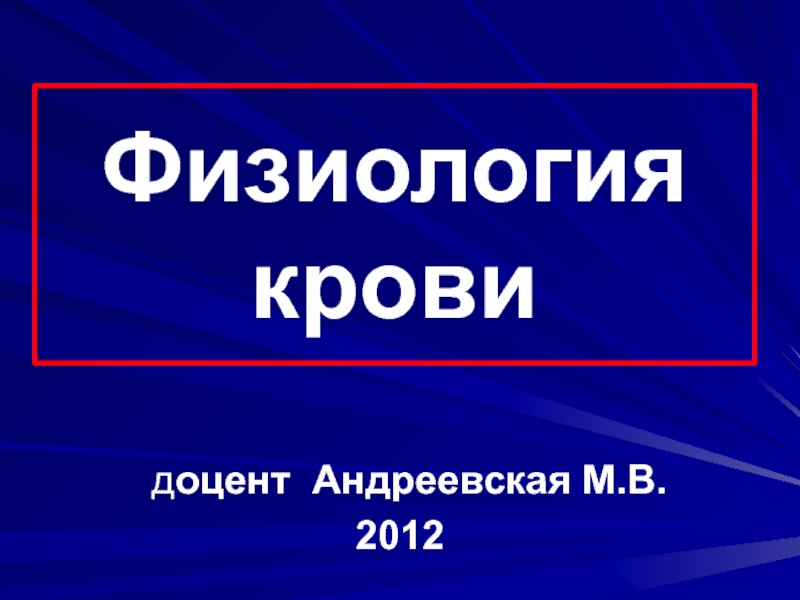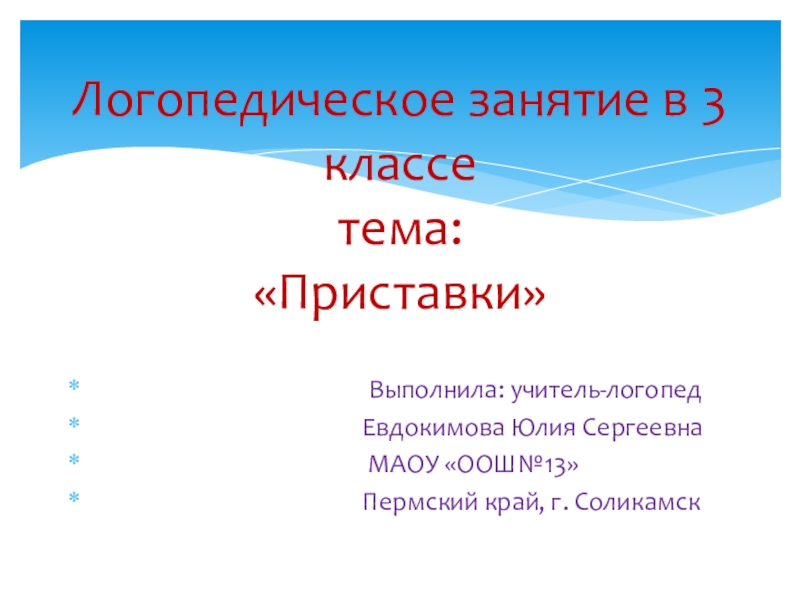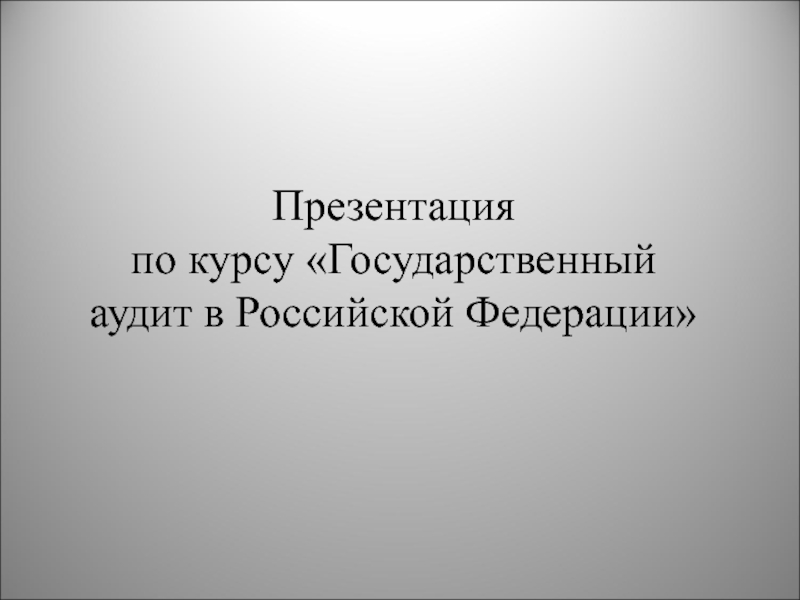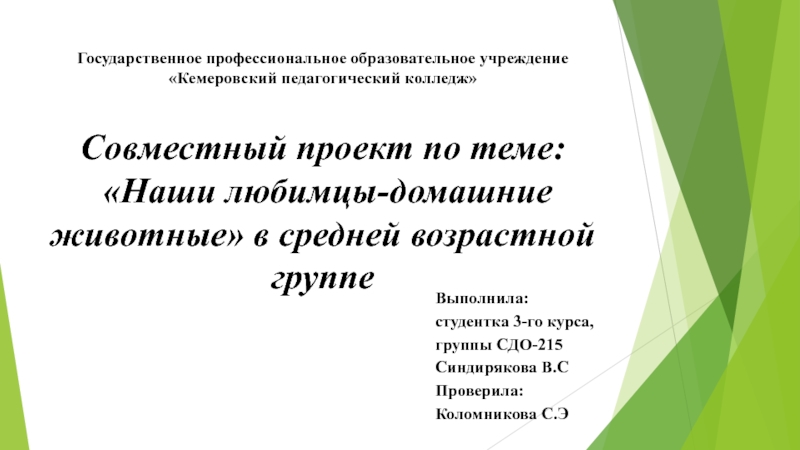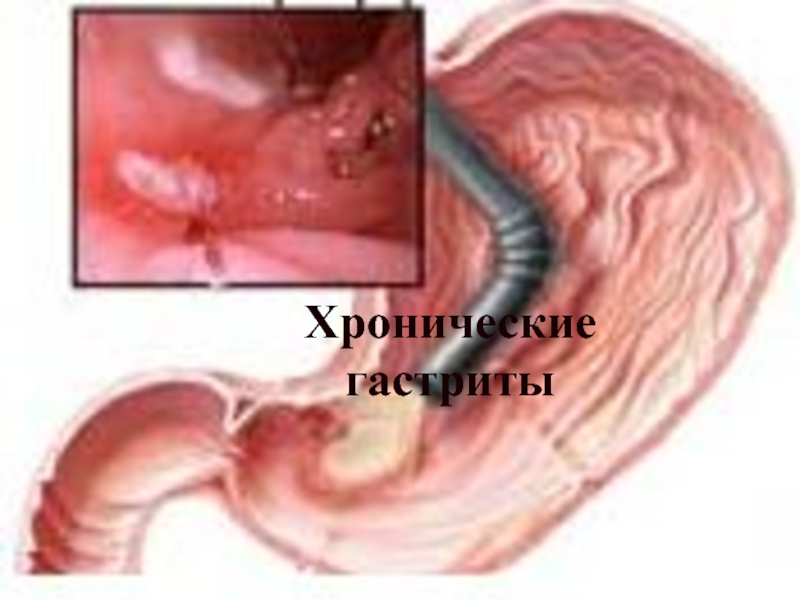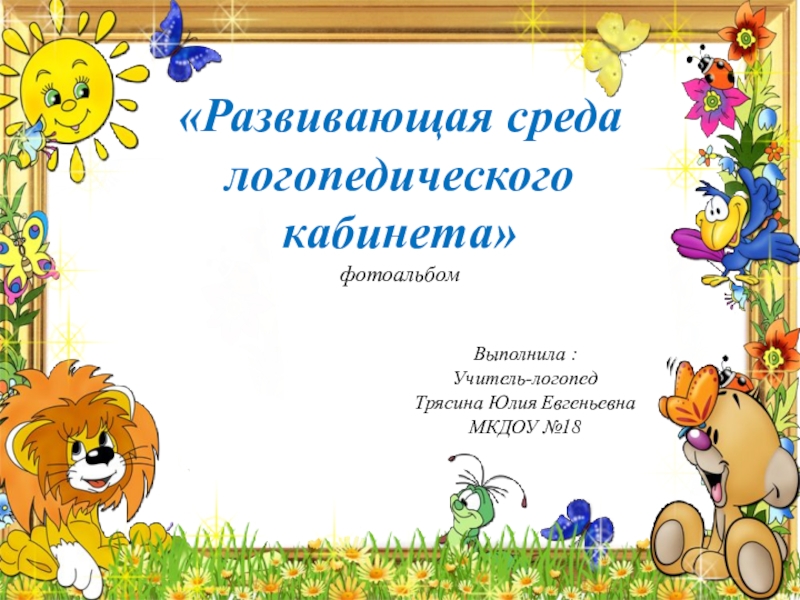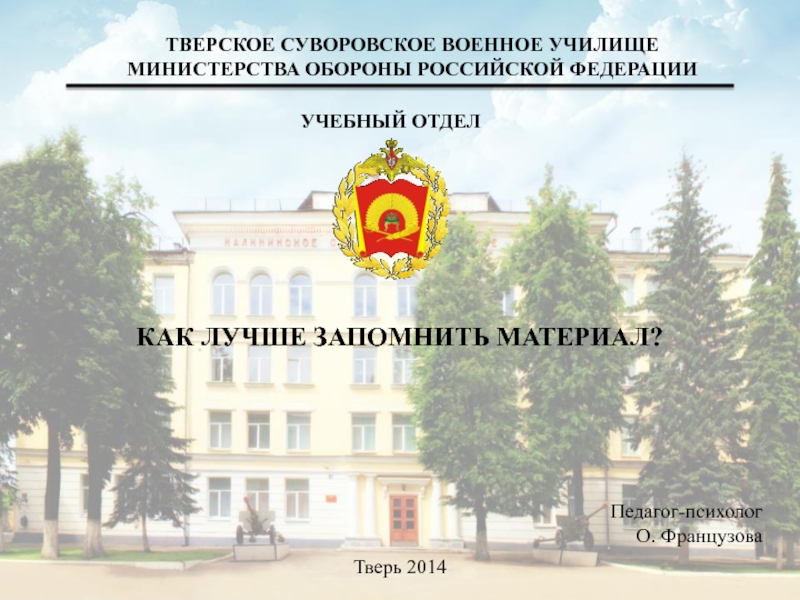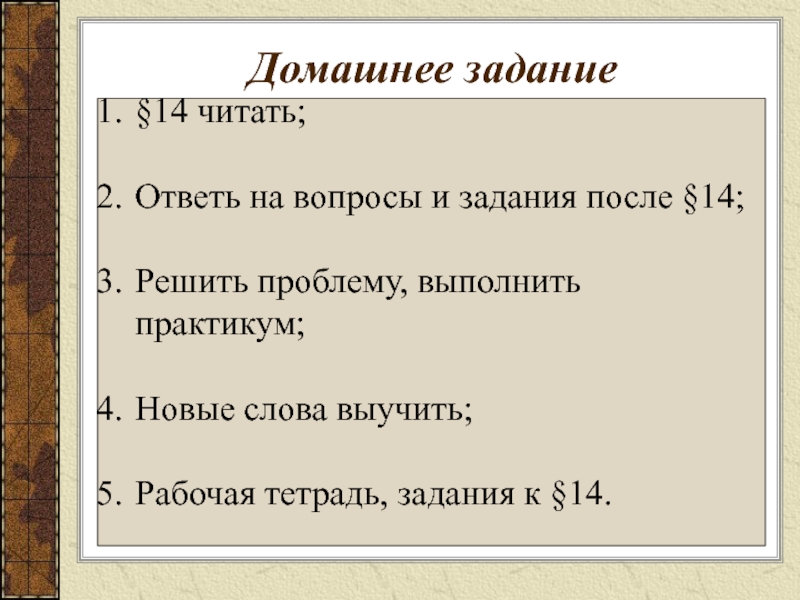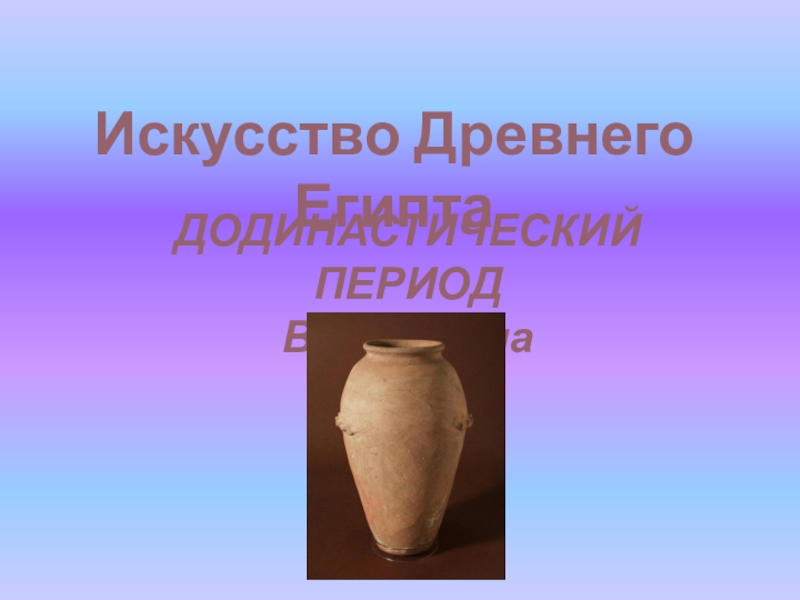BAICALENSIS TURCZ. EX. RAPAICS. FROM BURYATIAN FLORA Emedeeva A.B.2, Taraskin V.V.
1,2,Radnaeva L.D.1,2 1Baikal Institute of Nature Management, Siberian Branch, Russian Academy of Sciences, Ulan-Ude, 670047, Russia 2Buryat State University, Ulan-Ude, 670000, RussiaThe aim of the study is pharmacognostic analysis of Aconitum baicalensis, collected in Buryatia (Kabansky District) in 2017, at the flowering stage.
Tasks:
1)To define external anatomical and
diagnostic signs of raw materials;
2)Conduct commodity analysis of raw
materials (moisture, total gold, gold
insoluble in hydrochloric acid,
extractives);
3)To carry out detection of the main
biologically active substances in raw
materials
Materials and methods:
Determination of the basic numerical indicators, detection of the main biologically active substances and microscopic research was carried out according to the methods adopted for the official types of herbal medicines of the State Pharmacopoeia of the Russian Federation of the XIII edition.
All parts of the plant contain complex diterpenoid alkaloids: aconitine, benzyladenin, mesaconitine, hypaconitine, tangorin and neolin. The highest content of alkaloids was observed in seeds and tubers-roots.
Aconitum baicalensis as a medicinal raw material has known since ancient times in Tibet. In Tibetan medicine, the plant is actively used as an active component in multi-component collections ( cancer, infectious diseases of the upper respiratory tract, bacterial infections of internal organs).
This perennial plant is 120-150 cm high, Tubers are fusiform, 2-5 cm long, 5-10 cm thick. Stems 60-120 cm tall, 3-8 mm in diameter, strong, straight, in inflorescences with pedicels covered with spaced hairs. Leaves green, glabrous, lower on long petioles, upper on short or almost sessile. Leaf blades pentagonal, 10-12 cm wide, 8-9 cm long, palchato-dissected, segments narrowly wedge-shaped to the base, in turn dissected into oblong-lanceolate lobes. Inflorescence-loose brush, 15-35 cm long, dark purple flowers. Pedicels 2.5 - 5 cm long. Helmet hemispherical, rounded at the apex, sometimes with a dent above the spout. Nectaries not swollen, with short bent capitate spur.
Aconitine
Mesaconitine
Tangorin
Results on water content, total ash, acid-insoluble ash
Results on the content of extractives
Results and Discussion:
Anatomical and diagnostic features are determined, when considering the epidermal cells on the lower side of the leaf have twisty walls; the stomata on both sides have an anatomical type of structure, with 3-4 parotid cells; on the surface of the sheet on both sides and on the veins there are simple unicellular hairs. Numerical indicators for aerial part of A. baicalensis were detected. Thus, numerical parameters were determined: water content – 6.34%, total ash – 10.10%, acid-insoluble ash – 9.80%; substances extracted with water – 34.80%.
Conclusion:
Thus, anatomical and diagnostic features of aerial part of A. baicalensis were detected. Numerical indicators were established.

